For nearly a month now I have been putting in a six day, 60 hour work week. While I have had some time to enjoy my own garden, plus a few in town, I have not been able to get out into the natural world since my Back Bay outing in February. I need these trips to re-center myself, to clear my head and to take communion. In spite of an ever-growing laundry list of things I should have done today, I choose to head to the Zuni Pine Barrens west of here in Isle of Wight Co. The preserve is owned and managed by various interests including the Nature Conservancy, the Commonwealth of Virginia and Old Dominion University.
I have wanted to visit this place for a while, as it is one of only a few remaining patches of older growth Longleaf Pine (Pinus palustris). This tree once covered millions of acres from southeastern Virginia all the way down to east Texas, and it was vital to the settlement of the region. Without its wood and tar the shipbuilding industry would not have started here, and North Carolinians would need another nickname. Slow growing Longleaf Pines created their own ecosystems that relied on fire to germinate the tree's seedlings and to keep competition and undergrowth down, but once these forests were cleared and fire supressed, other more opportunistic trees took over. Despite its name, the Zuni Pine Barrens is home to a diverse community of plants and animals.
Vaccinim (some sort of Blueberry or Huckleberry)
Gaultheria procumbens (Creeping Wintergreen)
Iris verna (Dwarf Violet Iris)
Kalmia angustifolia (Sheep Laurel)
Crataegus (Some sort of Hawthorn)
The Blackwater River runs on the western edge of the Pine Barrens and is a true blackwater river. This type of waterway gets its name from the dark colored, but clear water that is high in tannins and acids, but low in nutrients. This is one of the few rivers in Virginia that does not empty into the Chesapeake. Rather it becomes the Chowan River in North Carolina before flowing into Albemarle Sound. On the shores of this flood-prone river grow stands of Bald Cypress (Taxodium distichum) and Swamp Tupelo (Nyssa sylvatica var. bifffora).
Rhododendron periclymenoides (I think this is Pinxterbloom Azalea)
I couldn't have asked for a more splendid house of worship in which to enjoy Earth Day services.
(complete picture set here)
April 22, 2010
Subscribe to:
Post Comments (Atom)
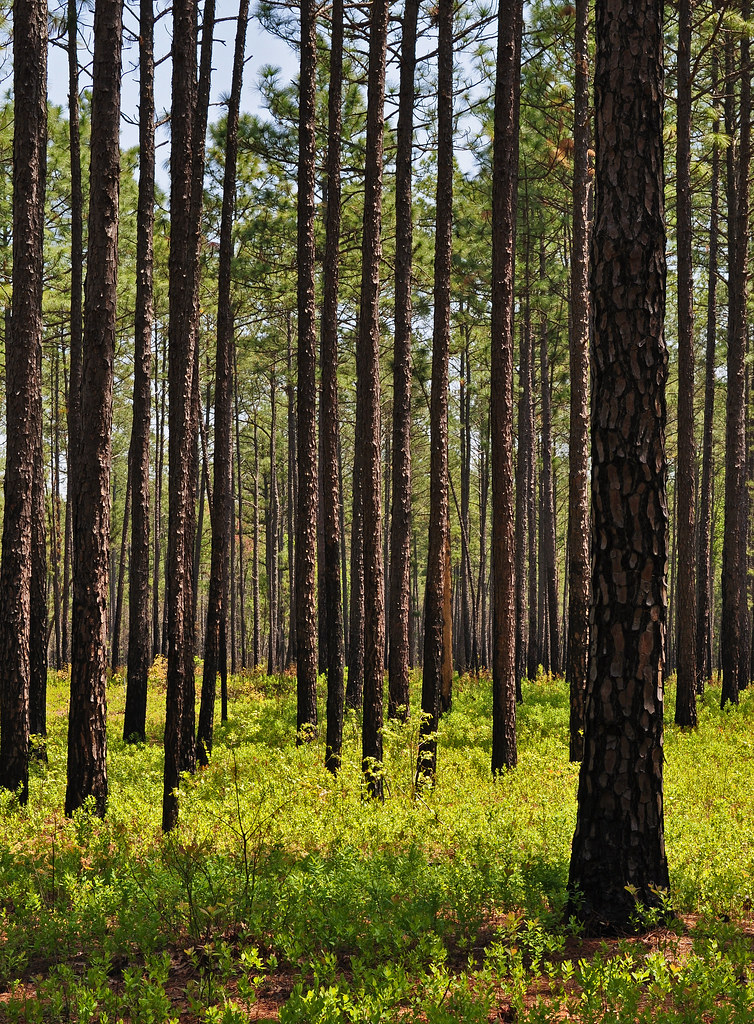




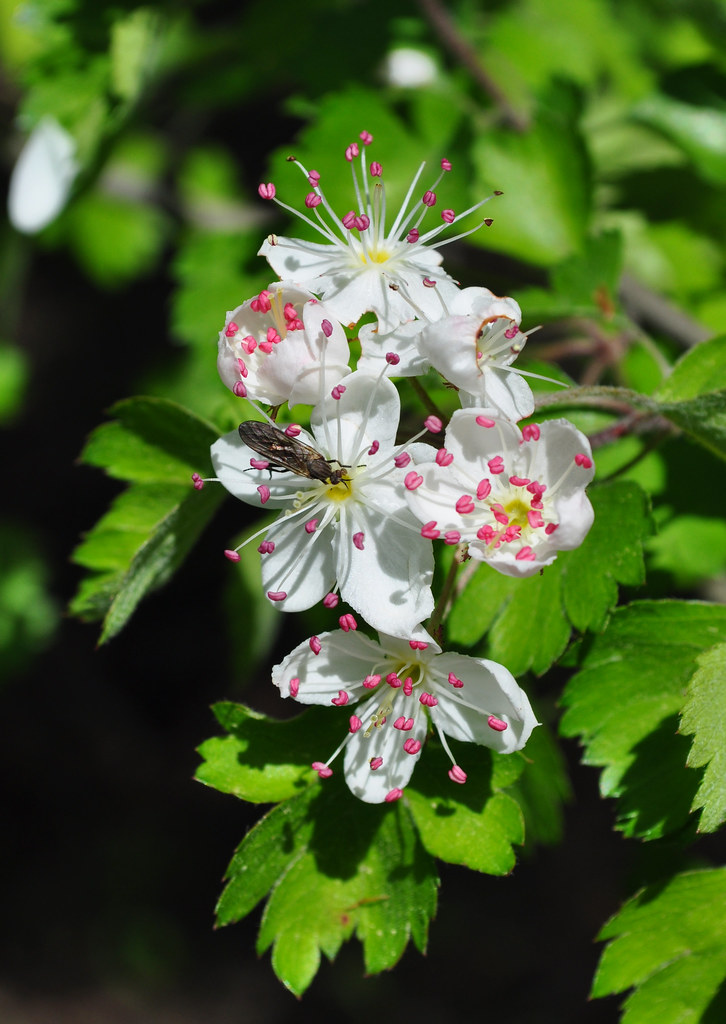
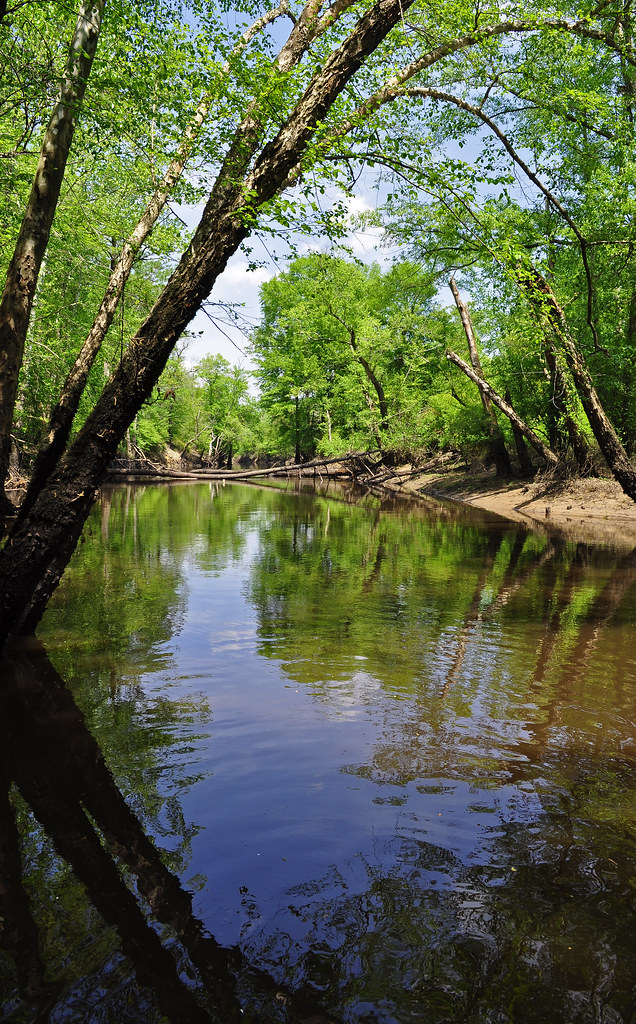
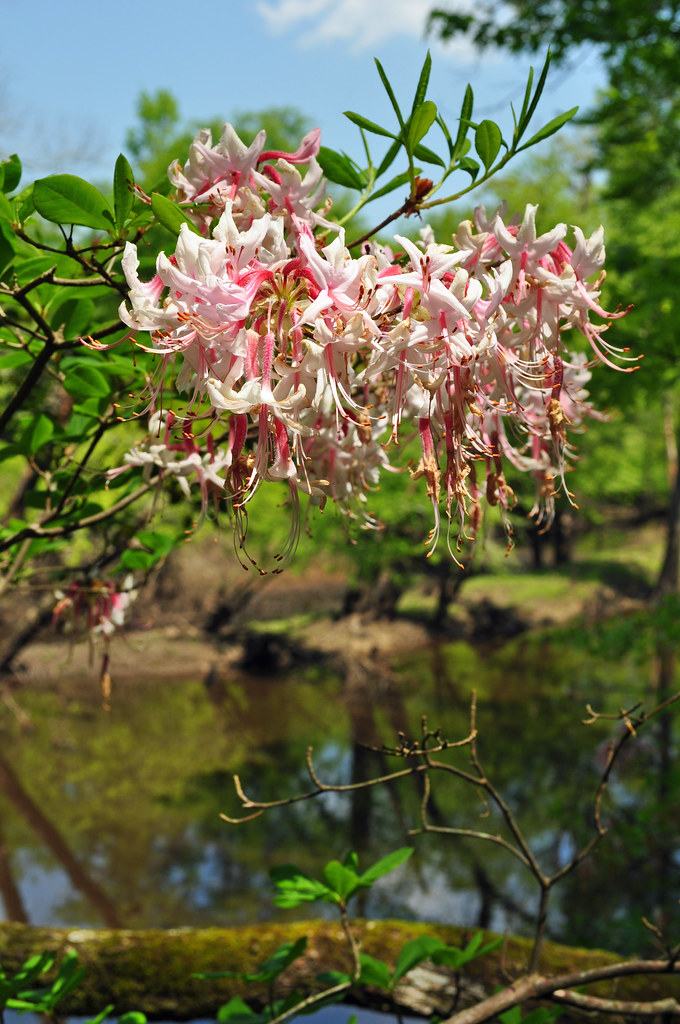
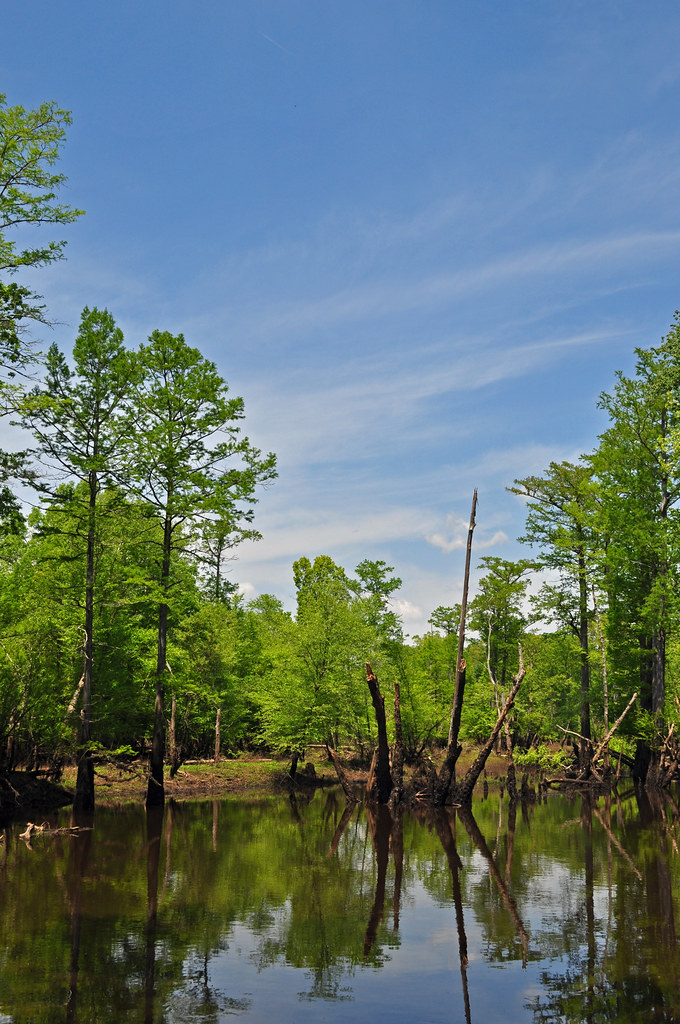




You've got the real old time religion! Excellent photos and commentary. I've just added this to my list of places to visit soon.
ReplyDeleteAmazing place and photos. I've heard of the place before but have never been there. Got to make he trip now. Thanks for opening our eyes.
ReplyDeleteWonderful! As a MI girl I didn't knwo the history of the tar heels and the pines. Thank you for that.
ReplyDeleteWhat a beautiful and peaceful place, Les, thanks for giving us some background too. Seeing the pristine condition of such a wood barren is the perfect way to honor Earth Day. Amen, brother.
ReplyDeleteFrances
Les, Your photos and post are perfect accompaniment for this mornings toast and coffee virtual vacation! I am sighing over what enough moisture and acid soil can grow! Thanks for the history...It is a cathedral in the woods for sure! gail
ReplyDeletePerfect post Les! Love those trees!
ReplyDeleteIt looks like a great place to renew your energies and spirit.
ReplyDeleteLove that Pinxterbloom - found a teeny tiny nursery near me that sells it. Yipee!
ReplyDeleteHow are you enjoying Sufjan? He is a favorite of mine . . .
What a great way to find some peace and serenity for yourself. Nice photos, takes for taking us along. :)
ReplyDeleteNice quality photos! I'm very impressed by the diversity of plant life from I would have taken to be a monoculture..
ReplyDeleteThanks for the education (again..)
Such a beautiful day you had Les. I am astounded at the how erect those pines are and with the soft underbrush... lovely setting.
ReplyDeleteThat grove of longleaf pine - wow. How gorgeous - I didn't you you to go back to that image to think that you had a perfect day at church. I'd like to plant one out front, in front of my fence (on a corner) - although I fear years from now that I'd regret it. There is a small 'grove' of them at Hampton Park downtown, put there to provide needles for local basket makers. What a history those trees have!
ReplyDeleteI have 500 board ft of longleaf pine (salvaged) in storage for my house one day - it was in an old Christian bookstore downtown on King Street and in someone's garage for years and years. Some of the boards are 20' long.
And black water - as good as any church choir!
What a beautiful place! I especially like your first photograph.
ReplyDeleteA beautiful church indeed.
ReplyDeleteFunny, I was just there last Saturday. The sheep laurel hadn't started blooming yet. The mosquitos were unbelievable that day! I felt sorry for the busload of folks who I saw loading up for a garden week tour of the preserve.
ReplyDeleteThanks. Your visits to these places are a highlight of the "garden blogging" world.
ReplyDeletePine Barrens are a wonderful habitat aren't they? The Walthour Moss Foundation in Southern Pines is one such a place... they have Trailing Arbutus there.
ReplyDeleteMichael,
ReplyDeleteIf you go pack bug spray.
CIO,
It is amazing and I saw several things I have not seen before.
Pam,
You are welcome.
Frances,
Amen to you too sister!
Gail,
I am glad I could enhance your breakfast.
Carol,
Thanks for the comment.
Phillip,
It certainly was.
Tracey,
Yes I am, to the point I need to restrain myself from listening all the time.
Racquel,
You are just as close as I am, plan a road trip.
John,
I was surprised by the diversity as well.
Diana,
Thanks for stopping by. With the rigidness of those pines, I could imagine getting lost in them.
Pam,
What a treasure to have that old lumber. I hope you have something special planned for it. The Blackwater choir was singing pianissimo Thursday, but the birds more than made up for it, one was so loud I kept expecting to look up and see some kind of monkey.
Ruth,
The first picture is one of my favorites too. It is very accurate of what the place looks like.
Georgia,
I would have to agree with you.
Phillip,
I read something about the tour and that prompted me to visit. I can't imagine the traditionally well-dressed tour attendees walking through the barrens swatting insects.
James,
These visits are the highlight of my off-line world.
Sweet Bay,
I imagine there may be a few of these trees in the Sandhill area.
Les
A very nice post. Really nice.
ReplyDeleteThe first picture said long leaf pine to this North Florida native born. You have a good eye to find the plant diversity in there. Thanks for the tour.
ReplyDeleteJanet,
ReplyDeleteThank you very much.
Christopher,
It was funny that on my way in I passed many things that were not even noticed until I slowed down on my way out.
Les
Usually I go to the church of the back yard on Sundays, so thanks for taking us along to your church. I continually discover new natural areas on your blog that make me want to travel to see them.
ReplyDeleteInteresting about fire being part of the cycle of these trees, as that is true of oaks on the prairie as well. Every spring in this area there are hundreds of controlled prairie burns as folks who are restoring this eco-sysytem recreate that natural phenom.